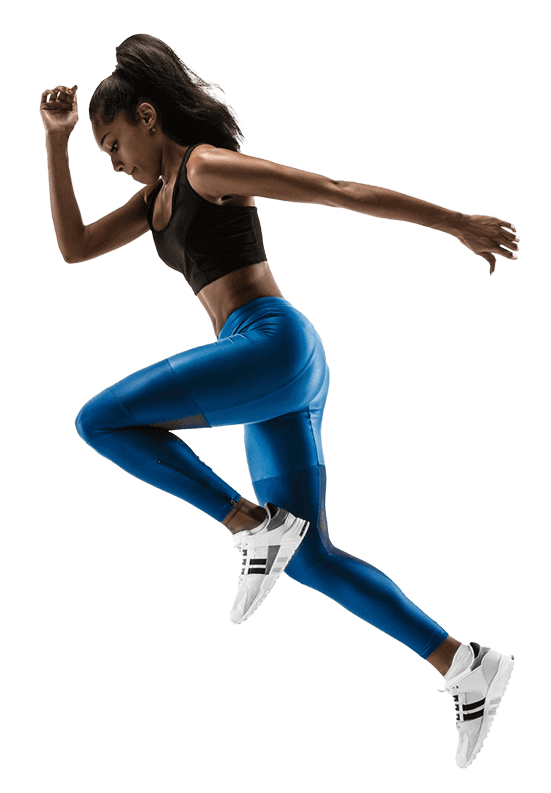Introduction
In the pursuit of weight loss and enhanced fitness, understanding the body’s physiological parameters is paramount. Two key metrics, VO2 max and RMR (Resting Metabolic Rate), play pivotal roles in determining an individual’s metabolic efficiency and overall fitness level. In this comprehensive guide, we delve into the significance of VO2 max and RMR testing, exploring how these tests can optimize weight loss efforts and elevate fitness performance.
Understanding VO2 Max
In the realm of fitness and performance, understanding VO2 max is paramount. VO2 max, or maximum oxygen uptake, delineates the body’s capacity to transport and utilize oxygen during strenuous physical exertion. It serves as a barometer for cardiovascular health and endurance prowess. At Bodyview.co.uk, we emphasize the significance of this metric in gauging one’s aerobic fitness level. A higher VO2 max signifies enhanced oxygen utilization, translating to heightened performance and endurance capabilities.
Importance of VO2 Max Testing
VO2 max testing provides invaluable insights into an individual’s cardiovascular health and fitness level. By accurately measuring the body’s oxygen consumption during exercise, it enables precise assessment of aerobic capacity and endurance. Understanding one’s VO2 max allows for tailored exercise prescriptions and training regimens, optimizing performance outcomes and facilitating weight loss efforts.
Benefits of VO2 Max Testing for Weight Loss
For individuals seeking to lose weight, optimizing aerobic capacity is essential for maximizing calorie expenditure and fat oxidation during exercise. By determining an individual’s VO2 max, personalized exercise intensity zones can be established, ensuring that workouts are both effective and efficient for weight loss goals. Moreover, VO2 max testing provides valuable feedback on the effectiveness of training interventions, enabling adjustments to be made for continued progress.
Unveiling Resting Metabolic Rate (RMR)
Resting Metabolic Rate (RMR), also known as basal metabolic rate (BMR), represents the energy expended by the body at rest to maintain basic physiological functions such as breathing, circulation, and cell repair. It accounts for the majority of daily calorie expenditure and serves as the foundation for weight loss and weight management strategies.
Significance of RMR Testing
RMR testing offers critical insights into an individual’s metabolic rate and energy requirements at rest. By accurately measuring the body’s baseline energy expenditure, it enables precise calorie recommendations for weight loss or maintenance. Understanding one’s RMR is fundamental for devising personalized nutrition plans that optimize energy balance and support sustainable weight loss efforts.
Leveraging RMR Testing for Weight Loss and Fitness
Incorporating RMR testing into weight loss and fitness programs empowers individuals to make informed decisions regarding calorie intake and expenditure. By aligning dietary strategies with metabolic needs, it becomes possible to create a sustainable calorie deficit conducive to weight loss. Additionally, RMR testing facilitates the identification of metabolic inefficiencies or imbalances, allowing for targeted interventions to enhance metabolic efficiency and accelerate weight loss progress.

Integrating VO2 Max and RMR Testing into Your Fitness Journey
Customized Training and Nutrition Plans
By combining VO2 max and RMR testing, individuals can gain comprehensive insights into their physiological profile and metabolic requirements. This holistic approach enables the development of customized training and nutrition plans tailored to individual needs and goals. Whether the objective is weight loss, improved fitness, or enhanced athletic performance, leveraging these tests ensures that strategies are evidence-based and optimized for success.
Continuous Monitoring and Optimization
Incorporating regular VO2 max and RMR testing into a weight loss and fitness regimen allows for continuous monitoring of progress and adaptation of strategies as needed. By tracking changes in aerobic capacity and metabolic rate over time, individuals can fine-tune their approach to maximize results and sustain long-term success. Furthermore, ongoing testing facilitates early detection of plateaus or setbacks, enabling proactive adjustments to maintain momentum towards achieving desired outcomes.
Conclusion
In the journey towards weight loss and improved fitness, knowledge is power. VO2 max and RMR testing offer invaluable insights into the body’s physiological characteristics and metabolic dynamics, empowering individuals to optimize their approach and achieve sustainable results. By harnessing the information gleaned from these tests, individuals can tailor their exercise, nutrition, and lifestyle strategies with precision, unlocking their full potential and realizing their health and fitness aspirations.


